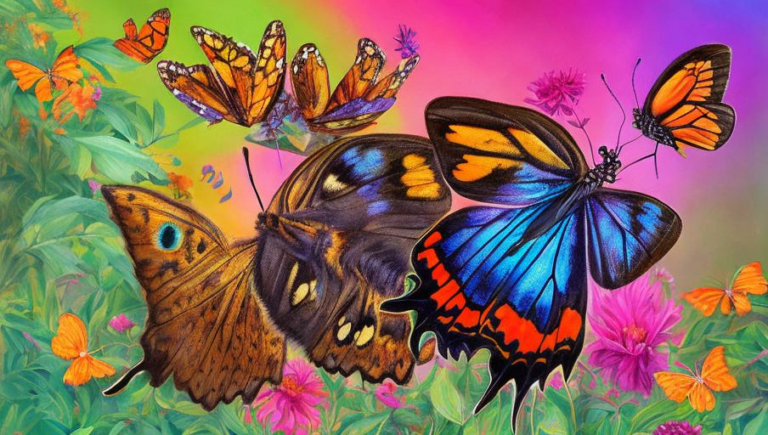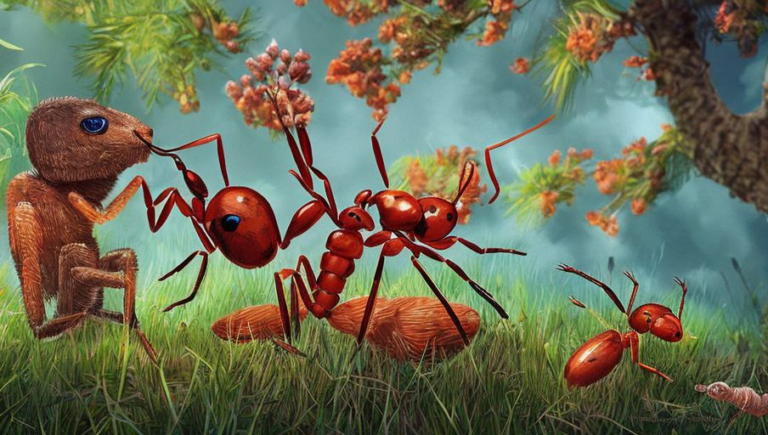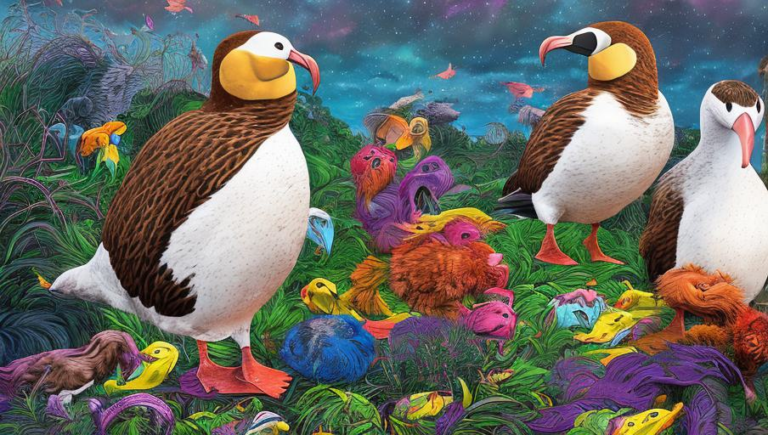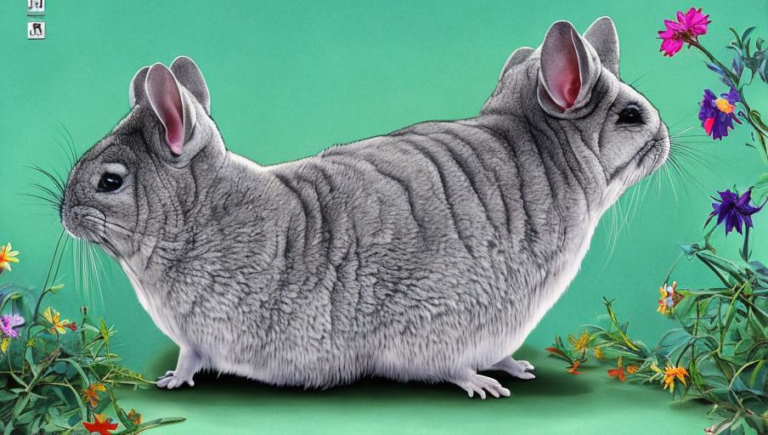Keenly Adapted for Life in the Arctic
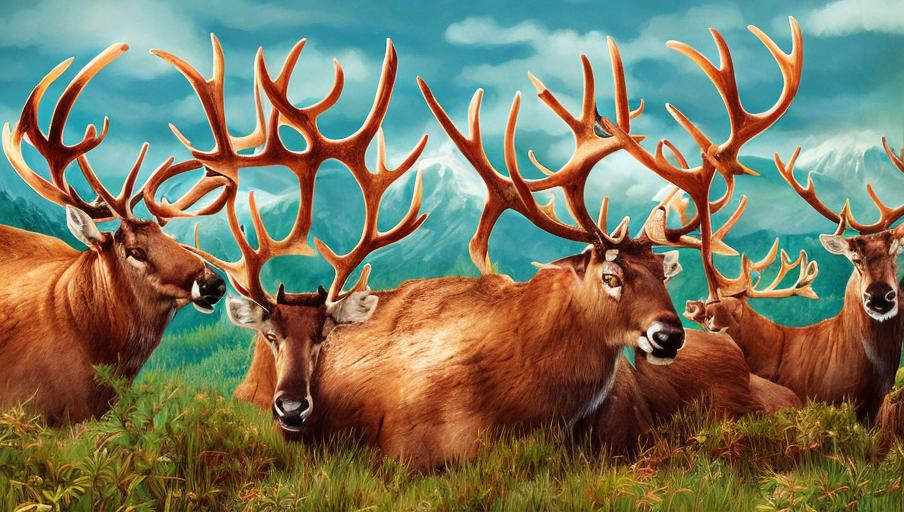
Caribou: Arctic Adaptations
The caribou is a species of reindeer that is native to the Arctic and subarctic regions of North America and Eurasia. This species of deer is also known as the reindeer when it is domesticated, and as the wild reindeer when it is in the wild. Over the years, caribou have adapted to the harsh climate of the Arctic, developing unique features such as their thick fur, large hooves, and specialized diets.
Thick Fur Coats
Caribou have thick fur coats that help keep them warm in the Northern climates. The fur helps insulate them from the cold and wind, and it also serves as a protective layer of insulation when the temperatures drop below freezing. The fur also helps them stay dry in wet, snowy conditions. The fur also helps the caribou to stay camouflaged in the Arctic, blending into the snow and ice.
Large Hooves
Caribou are able to traverse the snowy terrain of the Arctic with their large, flexible hooves. The hooves are wide and flat, helping the caribou to spread their weight over a wider area and remain stable on the slippery snow and ice. This feature also helps the caribou dig through the snow to reach vegetation and food sources.
Specialized Diet
Caribou are herbivores and their diet consists mostly of grasses, sedges, and shrubs. They also consume lichens and other vegetation that grows in the Arctic. During the winter months, when food is scarce, caribou will often dig through the snow to reach lichens and other vegetation that is hidden beneath the snow. In addition to vegetation, caribou also consume insects and other invertebrates for extra nourishment.
Adapting to a Changing Environment
Caribou have adapted to many of the harsh conditions of the Arctic, but they are now facing a new challenge: climate change. As temperatures rise and average winter temperatures become milder, caribou are struggling to adapt. This is due to the changing landscape of the Arctic, as permafrost melts and shrubs and grasses become more abundant. Caribou are also struggling to find food as their traditional food sources become harder to access.
Conservation Efforts
Due to the threats posed by climate change, caribou populations are at risk. To help protect this species, conservation efforts are being made to preserve and protect their habitats. These efforts include monitoring their populations and limiting human activities in their habitats. Additionally, there are also efforts to restore their habitats, such as planting trees and shrubs that can help provide food and shelter for caribou.
Conclusion
Caribou have adapted to the Arctic environment over the years, developing features and behaviors that help them survive in the harsh climate. However, climate change is now threatening their populations and conservation efforts are being made to help protect this species. From thick fur coats to large hooves and specialized diets, caribou are keenly adapted for life in the Arctic.
